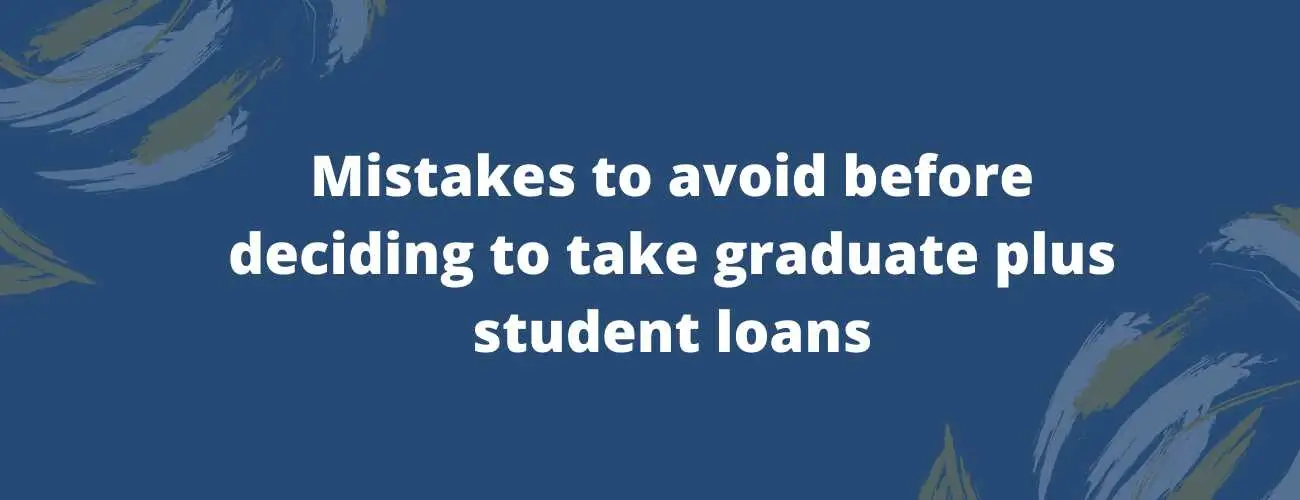Student Loan Default Statistics
Student loan default can feel overwhelming. But if you’ve defaulted, you’re not alone More than 10% of federal student loan borrowers default within three years of entering repayment, according to the Education Department.Take action as soon as possible to avoid or stop penalties like garnished wage
Updated by Annany Sah on 2nd July 2020
Student loan default can feel overwhelming. But if you’ve defaulted, you’re not alone More than 10% of federal student loan borrowers default within three years of entering repayment, according to the Education Department.The worst thing to do when student loans default is ignore them. You can get loans back in good standing with options like loan rehabilitation and consolidation. Take action as soon as possible to avoid or stop penalties like garnished wages and seized tax refunds.About one in ten borrowers who entered repayment on their student loans in 2016 has now defaulted, according to the latest data release from the Department of Education. Believe it or not, that’s an improvement: the official default rate of 10.1% is down from a rate of 11.5% two years ago. For-profit colleges accounted for about a third of the overall default problem, while public community colleges contributed another 26%. The rest of the defaults were associated with public and private nonprofit four-year colleges.
Table of Content
- What is Student Loan Default?
- Student Loan Default Rate Continues to Decline
- What happens if default on student loan?
- How to get student loan get out of default
- Conclusion
What is Student Loan Default?
Defaulting on a student loan in the United States can have a number of negative consequences. To understand loan default, it is helpful to have a few common terms defined: Loan deferment is a postponement of a loan's repayment.
Student loan default means you did not make payments as outlined in your loan’s contract, also known as its promissory note. Default timelines vary for different types of student loans.
- Federal student loans.
Most federal student loans enter default when payments are roughly nine months, or 270 days, past due. Federal Perkins loans can default immediately if you don’t make any scheduled payment by its due date.
- Private student loans
The Consumer Financial Protection Bureau states that private student loans often default after three missed payments, or 120 days total, but check your loan’s promissory note to know the specific timing. Some private loans default after one missed payment.
Student Loan Default Rate Continues to Decline
Data released by the Education Department Wednesday showed that the share of borrowers defaulting on their student loans has declined for the sixth straight year.
Of borrowers who entered repayment in 2016, 10.1 percent had defaulted on their loans by 2018 -- down from 10.8 percent from the previous year.For-profit colleges had the highest rate of defaults at 15.2 percent compared to 9.6 percent at public and 6.6 percent at private colleges.Borrowers enter default when they go more than 270 days without making a payment on their federal student loans. That outcome leads to damaged credit scores and can mean wages or government benefits are garnished. Borrowers in default are also barred from accessing additional federal student aid until their loans are repaired.The federal cohort default rate standard is the only accountability rule that applies to all Title IV institutions. Colleges can lose access to Pell Grants and federal student loans if their default rate is 30 percent or higher for three consecutive years.
What happens if you default on student loans?
One penalty you don’t have to worry about is being arrested or imprisoned for not paying a student loan. However, your lender can sue you to repay your loans. In many states if your lender wins a court judgment against you, you can be arrested for not complying with the court’s order. Don’t ignore a court summons.
Worried about your college tution? Find the best student loan for you
How to get student loans out of default
The Education Department offers three clear ways to recover from federal student loan default: repayment, consolidation and rehabilitation. Each can prevent or halt the consequences of default if you act fast enough; the best one for you will likely depend on your priorities.
Repayment
When student loans default, the full amount owed becomes due immediately. If you can afford that, you can pay off your loans and be done with your debt. Of course, that won’t be possible for most borrowers. You may be able to negotiate a student loan settlement for less than you owe, but don’t expect big savings.
Don’t take on a personal loan to pay your student loans — even if they’re in default. Personal loans typically carry higher interest rates than student loans. Explore other remedies that won’t put you in more debt.
Rehabilitation
Student loan rehabilitation is the best option in most cases because it’s the only one that removes the default from your credit report, though previously reported late payments will remain.
To rehabilitate your loans, you must make nine monthly loan payments within 10 consecutive months. Your monthly payments will be 15% of your discretionary income, or you may request a lower amount.
Private student loan default penalty totally depends on your lenders, the time period and action that is taken against you regarding student loan default can differ from federal loans. Postpone student loan payment can also be a useful option to consider.
When loans (federal loans) are not paid for a certain period of time (90 days), your loans are in delinquency. Similarly, loans not paid for about 90 to 270 days, they become default student loans. Know the difference between default and delinquency
Refinance default student loans also help you manage your loans with lesser interest rates. Private student loan default penalty totally depends on your lenders, the time period and action taken against you on student loan default can differ from federal loans. The ED, gives Student loan default statistics where it said that 10% of student's loan is in default just within the first 3 years. It is necessary, to understand how important it is to avoid student loan default as it can affect you in multiple ways. Student loan rehabilitation is a disciplinary action taken to get out of default, which requires you to pay 9 months of repayment on time and the default status will be removed.It your in default or near to default , you can choose student loan settlement as an option where you owe your lender lesser money.
Looking to refinance your student loan? Choose from our list of best companies to refinance your student loan
Conclusion
The debate about whether or not there is a student loan crisis in this country is over. The only questions remaining are how bad is it going to get and what will be done to fix it. People are struggling with their loans and they need help, or at the very least, they need a reason to believe that there is a light at the end of the tunnel. By incentivizing responsible lending and borrowing, and by encouraging lenders and borrowers to work together, we can create a system that helps the economy rather than dragging it down.
Its is always to be well aware of all your student loan repayment options so,that you can take control of your repayment phase.
| Minumum Credit Score | Apply in as little as | Variable APR | Fixed APR | ||
|---|---|---|---|---|---|
 | Not Available | 15 minutes or less | 2.95 | 4.74 | View disclosures |
 | 620 | 2 minutes | 5.38%-16.99%1 | 4.43%-16.99%1 | View disclosures |
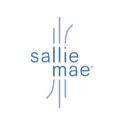 | Not Available | 15 minutes | 1.13% - 11.23%¹ (with autopay) | 3.50% - 12.60%¹ (with autopay) | View disclosures |
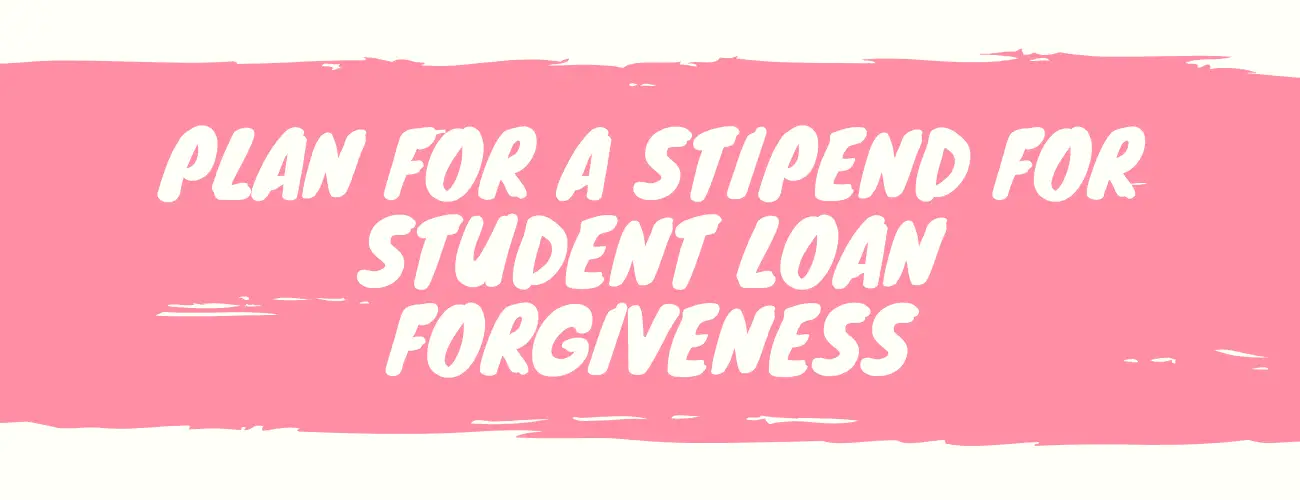
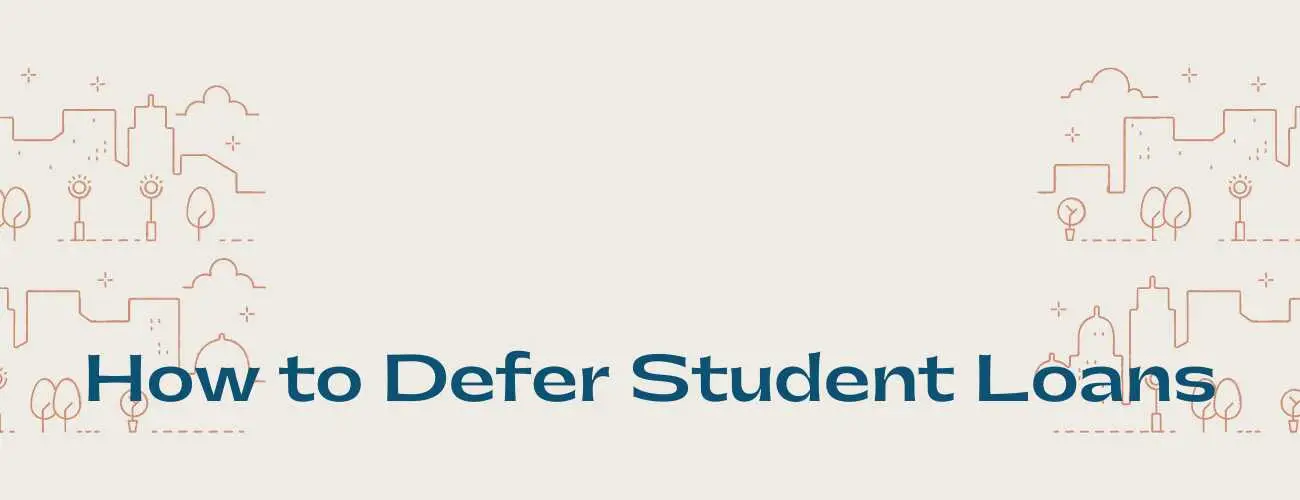
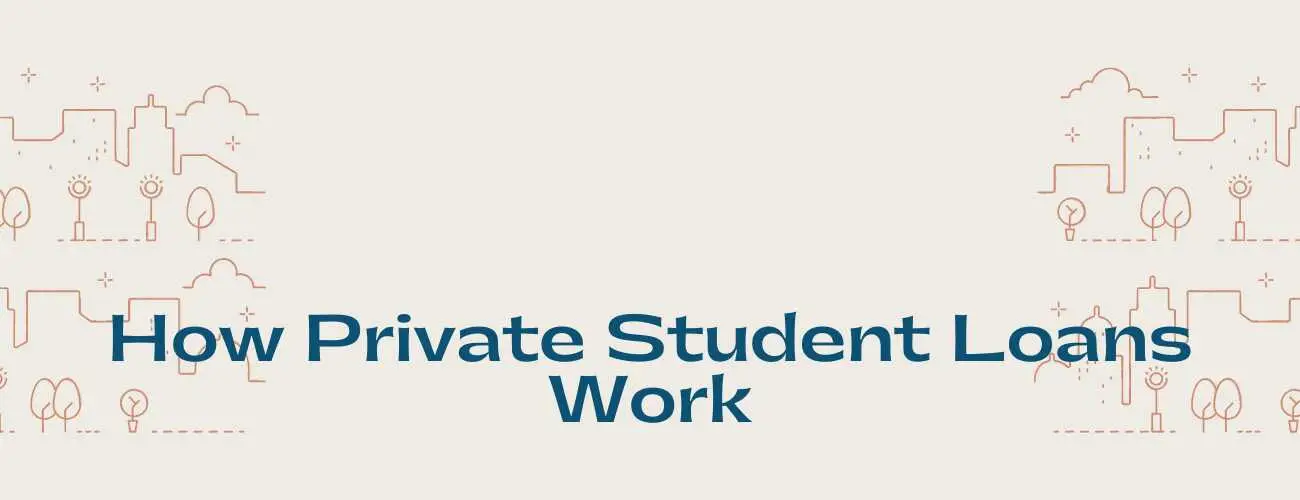
93.jpg)
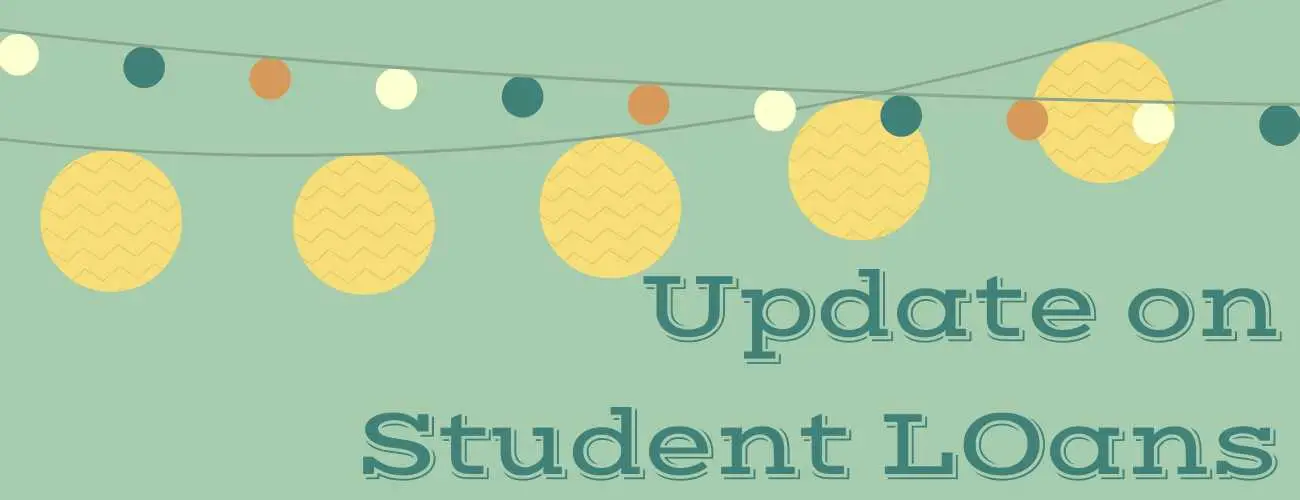
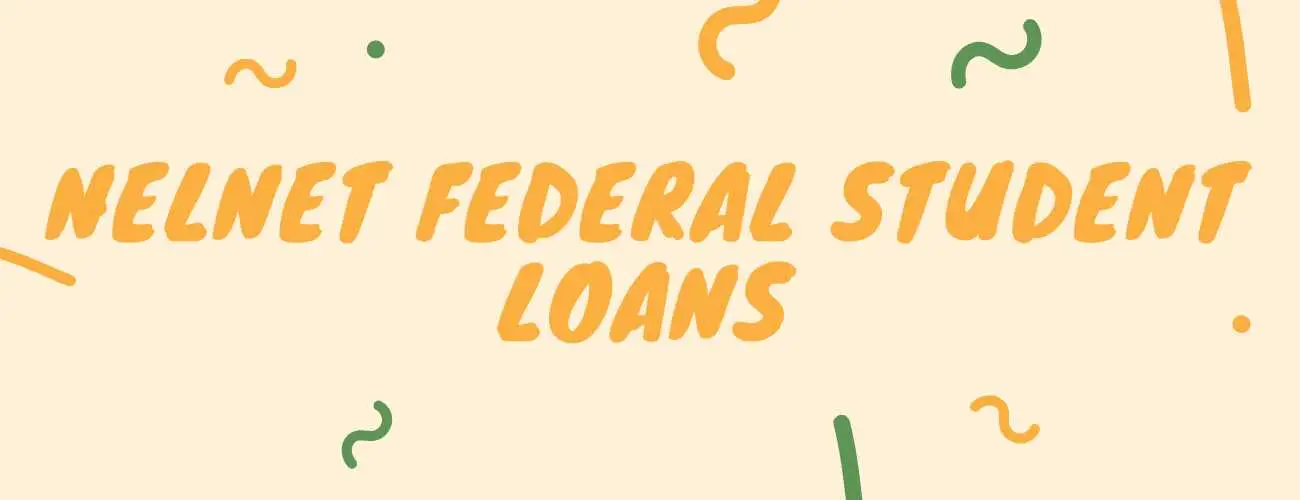
28.jpg)
